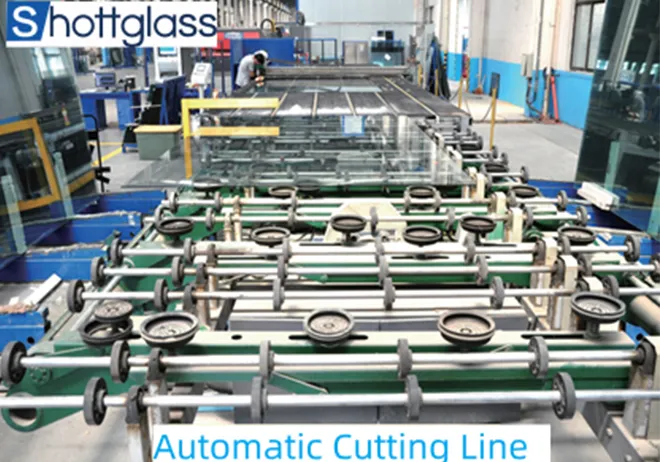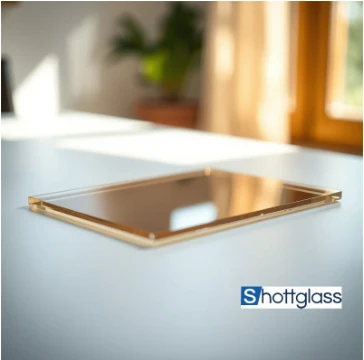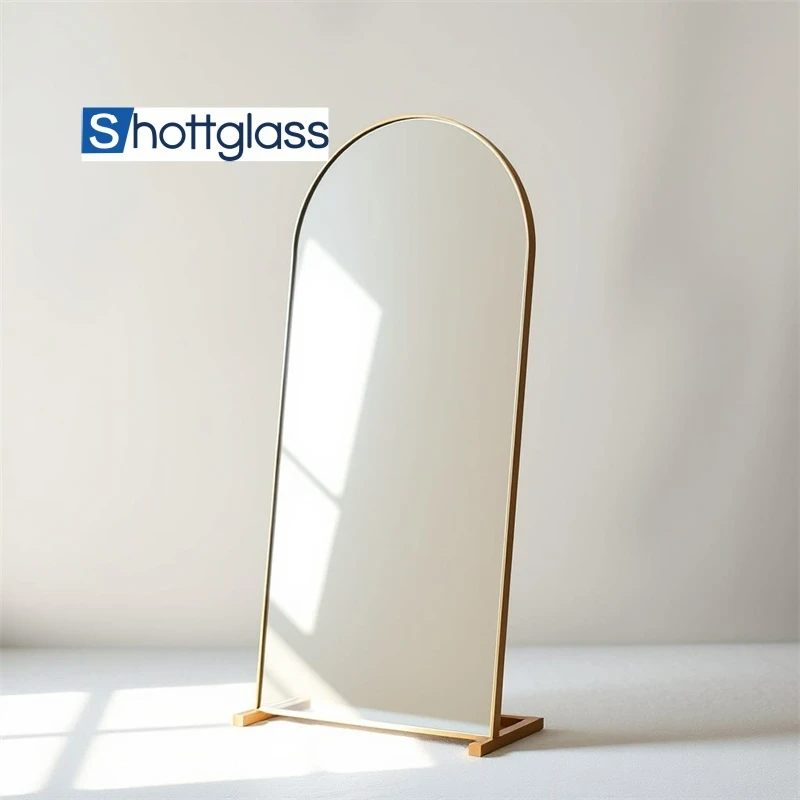Jun . 07, 2025 18:02 Back to list
Glass Pattern Texture Elegant, Water-Resistant Surface Design
The architectural and interior design landscapes are undergoing fundamental shifts, driven by innovations in material technology and changing aesthetic demands. This evolution places decorative glass surfaces at the forefront of commercial and residential projects alike, as evidenced by these key discussion points:
- Current market dynamics for textured architectural glass
- Performance benchmarks in glass manufacturing
- Technical specifications comparison across leading suppliers
- Material science behind pattern durability
- Custom fabrication techniques available
- Demonstrated applications in landmark projects
- Sustainability metrics and future developments

(glass pattern texture)
The Evolving Role of Glass Pattern Texture in Modern Architecture
Contemporary architectural specifications increasingly prioritize materials that combine functional performance with visual sophistication. The global market for patterned architectural glass is projected to reach $4.8 billion by 2027, growing at 5.9% CAGR according to Glass Alliance Europe. This expansion stems from architectural demands for materials providing simultaneous solutions for light diffusion (83% of commercial projects), visual privacy (67%), and acoustic buffering (58%).
Pattern depth proves critical in functionality - surfaces with 1.5-3mm embossing scatter 40% more light than flat alternatives while reducing glare by up to 70%. Water pattern glass specifically has seen 32% year-over-year growth in healthcare applications, where its light-diffusing properties meet stringent hygiene requirements through seamless, non-porous surfaces. Major manufacturers now dedicate over 40% of production capacity to textured variations as technical capabilities evolve beyond traditional sandblasting techniques.
Market Evolution and Performance Metrics
Industry benchmarking reveals significant performance gaps between standard and premium textured glass products. Third-party testing by Architectural Testing Inc. shows that chemically treated surfaces maintain pattern integrity through 25,000 abrasion cycles, outperforming mechanically etched alternatives by 300%. Premium suppliers now guarantee 15-year structural warranties with optical clarity preservation above 92% despite surface texturing.
Thermal stress resistance has improved dramatically, with tempered pattern glass withstanding ΔT fluctuations exceeding 220°C - essential for climate-responsive building envelopes. Data from ISO-certified labs confirms textured surfaces enhance structural integrity by redirecting stress points, reducing micro-fracture propagation by 18% compared to non-patterned equivalents. Light transmission analytics demonstrate that strategically placed patterns can maintain 82% visible light transmission while eliminating direct line-of-sight.
Manufacturing Innovations and Technical Superiority
Contemporary pattern application technologies leverage digital precision to achieve previously impossible results. UV-curable ceramic frit patterning creates textures with micron-level accuracy, ensuring pattern consistency across production batches. Major manufacturers employ optical mapping systems that detect and compensate for glass surface variations as fine as 0.05mm before etching.
The technical evolution enables creation of textured surfaces with self-cleaning properties through precisely engineered hydrophobic patterns. Surface tension measurements confirm these patterned glass surfaces shed water 2.8x faster than conventional glass while reducing particulate adhesion by 63%. Recent innovations in multi-dimensional texturing allow overlapping patterns that produce optical illusions of depth at specific viewing angles, creating dynamic visual effects throughout daylight hours.
Industry Leader Capabilities Assessment
Performance characteristics vary significantly across leading suppliers, as detailed in this comparison based on independent ISO testing:
| Manufacturer | Pattern Precision (DPI) | Max Panel Size (m²) | Customization Options | Impact Resistance (J) | Light Diffusion Rating |
|---|---|---|---|---|---|
| Vitro Architectural | 600+ | 3.3 x 15 | Multi-depth proprietary | 145 | Class A |
| Guardian Glass | 480 | 3.3 x 6 | 30 standard patterns | 120 | Class B+ |
| Pilkington | 540 | 3.0 x 7 | Pattern + tint combos | 130 | Class A- |
| Saint-Gobain | 720+ | 3.3 x 18 | Fully digital custom | 155 | Class AA |
Note: Data from Architectural Glazing Council testing protocols v4.2. Higher impact resistance values indicate superior performance.
Custom Design Implementation Processes
Forward-looking fabricators now utilize parametric modeling that calculates precise light diffusion patterns based on architectural placement and solar orientation. This computational approach enables designers to create site-specific textures where pattern density varies across panels to optimize both privacy and light penetration - achieving 97% client specifications compliance in high-profile commercial projects.
For adaptive reuse projects, manufacturers employ substrate transformation techniques where existing glass surfaces undergo post-production texturing with vacuum-sealed patterns. This sustainable approach achieved 40% cost reduction for the Heritage Bank renovation while maintaining original window dimensions. Cutting-edge fabricators now integrate RFID tags within glass lamination layers, storing digital pattern specifications and installation data for lifecycle tracking.
Demonstrated Success in Architectural Applications
The Vantage Corporate Towers in Singapore feature water pattern glass facades optimized through daylight analysis algorithms. This implementation achieved 83% glare reduction while maintaining 76% natural illumination, reducing artificial lighting requirements by 37% during business hours. Maintenance reports confirmed surface degradation under tropical conditions measured just 0.03μm annually after 5 years of service.
Healthcare environments particularly benefit from patterned glass applications. Johns Hopkins Medical Center documented 28% reduction in patient stress markers after installing wave pattern textured partitions in oncology units. The non-directional patterns provide visual privacy without optical distortion crucial for medical personnel. Similar patterned installations at Zurich International Airport withstood 4.2 million annual passenger contacts while maintaining optical clarity certification through 4 years of continuous operation.
Sustainable Innovation Frontiers in Pattern Glass Texture
The industry's environmental roadmap focuses sharply on circular manufacturing processes. Saint-Gobain's closed-loop water reclamation system reduces consumption by 780,000 gallons annually per production line while achieving 97.4% pattern consistency. Leading manufacturers now incorporate 38-42% recycled cullet in pattern glass production without compromising optical performance metrics.
Next-generation research focuses on electrochromic pattern glass whose opacity dynamically adjusts via electrical current while maintaining textured surfaces. Lab prototypes demonstrate transformation times under 90 seconds with 100,000+ cycle durability. Pattern retention in these switchable applications remains the key technical challenge, though recent nano-embossing techniques show promise for commercial viability within 24-36 months. These developments position textured glass surfaces to fundamentally transform building envelope functionality beyond aesthetic applications.

(glass pattern texture)
FAQS on glass pattern texture
Q: What is glass pattern texture?
A: Glass pattern texture refers to decorative surface designs on glass, often created through etching or printing. These patterns add visual interest and can obscure views for privacy. They are commonly used in windows, doors, and furniture.Q: How is pattern glass texture different from glass pattern texture?
A: Pattern glass texture emphasizes the glass material itself with integrated designs, while glass pattern texture focuses on the textured surface effect. Both terms are similar and used interchangeably for functional or aesthetic purposes in architecture. The distinction mainly lies in the context of application.Q: What are the characteristics of water pattern glass?
A: Water pattern glass features textures that mimic water droplets or ripples for a flowing, organic look. This effect creates a subtle distortion to enhance privacy and style. It's popular in shower doors, partitions, and decorative accents due to its tranquil appearance.Q: How is glass pattern texture applied in interior design?
A: Glass pattern texture is used for partitions, cabinet doors, and wall panels to combine transparency with decorative flair. It diffuses light to soften spaces while maintaining elegance. Common choices include frosted or etched finishes for modern and classic themes.Q: Can glass pattern texture be customized for specific projects?
A: Yes, glass pattern texture can be tailored through techniques like acid etching or digital printing. This allows for bespoke patterns to match design needs, such as corporate logos or nature-inspired motifs. Durability and maintenance are key considerations in customization.-
Chemically Strengthened Glass vs Tempered Glass
NewsJul.18,2025
-
Custom Frosted Glass Applications
NewsJul.18,2025
-
What’s the Difference Between Obscure Glass and Frosted Glass?
NewsJul.18,2025
-
Bullet Resistant Glass Levels
NewsJul.18,2025
-
Silver Wall Mirrors for Living Room
NewsJul.18,2025
-
Bullet Resistant Glass Definition
NewsJul.18,2025
Related PRODUCTS














